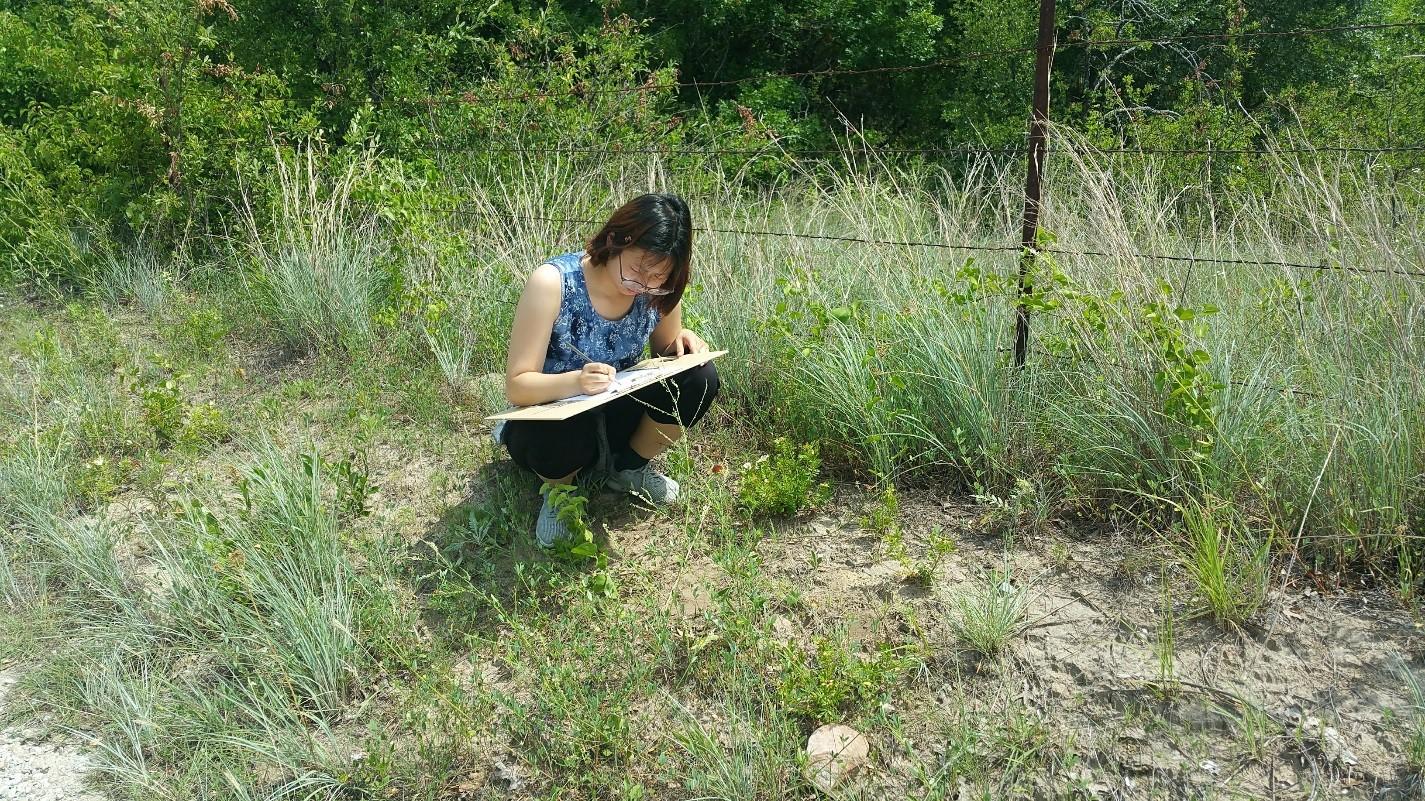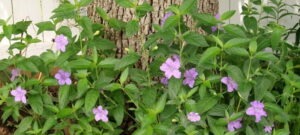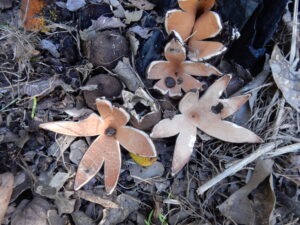Article written by Isabella Wu, 2018 BRIT Herbarium and Research Intern and student at Emory University.
Clear skies heralded a warm afternoon with no cover from the blazing sun. I was on my way to the LBJ Grasslands an hour away from the Botanical Research Institute of Texas (more commonly referred to as “BRIT”) where this whole herbarium adventure began. Kim Taylor, who is a rare plants expert at BRIT, had planned an outing to assess a new species first published two years ago in 2016. Memory’s Rose, latin name Rosa memoryae, sounded so good and beautiful. But there was a real possibility that it might not actually be a new species but rather a variation of the abundant Rosa foliolosa. We intended to find out. More specifically, we were going to collect the plant and record the number and location of individual plants. The characters of the rose would be compared to the description of type specimens to determine the validity of the new species.
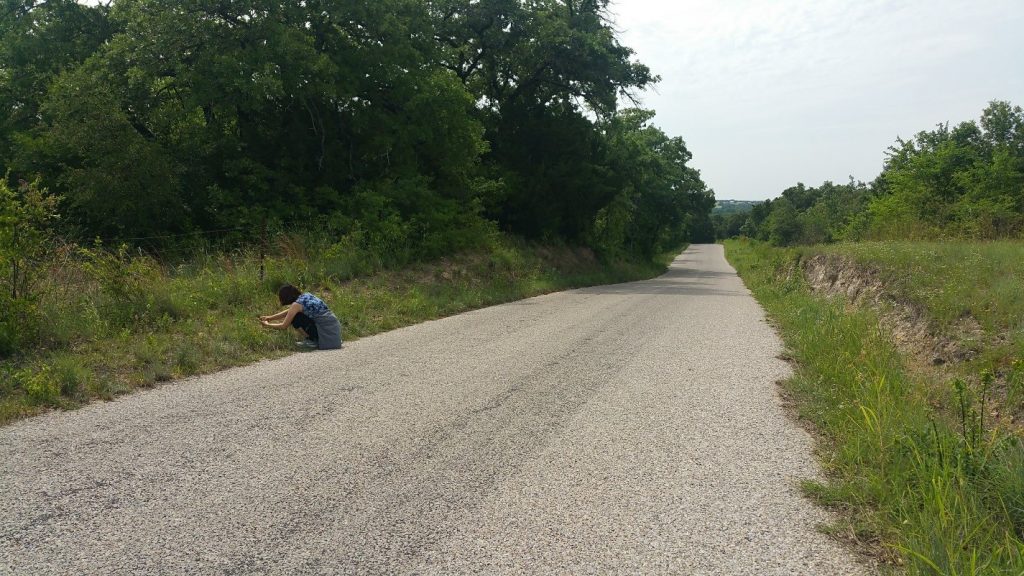
On the way there, I learned how to tell the difference between Black Vultures and Turkey Vultures (Black Vultures flap while Turkey Vultures soar). I was also surprised to hear that several rare species grew along the road in this rural part of Wise County. Farms with cattle and horses were common passing by my window on the way to the designated site. We finally arrived and found the spot based on aerial maps and Kim’s memory. It was a stretch on one of the backroads seemingly in the middle of nowhere. Kim pointed out the sandy soils in which Rosa memoryae thrived compared to the limestone that served as the habitat of Rosa foliolosa. We began to walk along the road to try and spot one. I had my phone with me on camera mode and thought to take a picture of a pretty flower that I had found. Little did I know that it was the Rosa memoryae! The flowers were unexpectedly white rather than pink, and it was a lot smaller than I had anticipated. Then I remembered that it was a species of miniaturerose, which made sense given its diminutive size.
The more I saw the serrated compound leaves, the easier it was to recognize. I was surprised again at the sheer number of individuals at the site, most of them in the shade of a fence-line surrounded by trees. Kim and I worked as a team (with her doing most of the GIS work) to spot each individual rose. She pointed out that the flatness of the trees by the road indicated that work had been done to keep vegetation back from the road and that this was one of the threats to the species. Others included pesticide and invasive species.
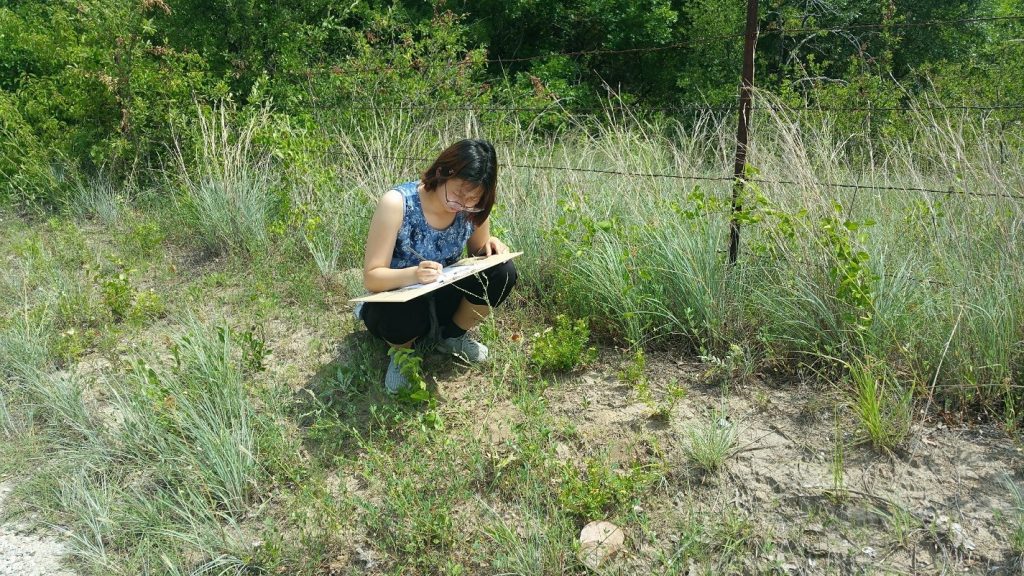
Using the supplies I had been provided, I drew some sketches of the plant in bloom as well as its buds and leaves. Each leaflet was beautifully designed and had tiny serrations along its edge and delicate veins. Dragging the tip of the Ebony pencil against the white paper, the 3D nature of one Rosa memoryae bud began to surface, and five irregularly-shaped petals arranged themselves into a complete flower. I scratched out a sketch of an immature plant. A single leaf with nine leaflets. By each sketch was a label of what the drawing depicted.
Pulling up a plant allowed us to see an underground rhizome which basically looks like a knobbly, woody branch that served to connect individual upshoots. Plants that are connected in this way are considered to be clonal. The number of blooming individuals was low, and most of the flowering ones were in the sun while the shaded plants were immature. By the time we were done, I was grateful for my water bottle and the air conditioning in the car.
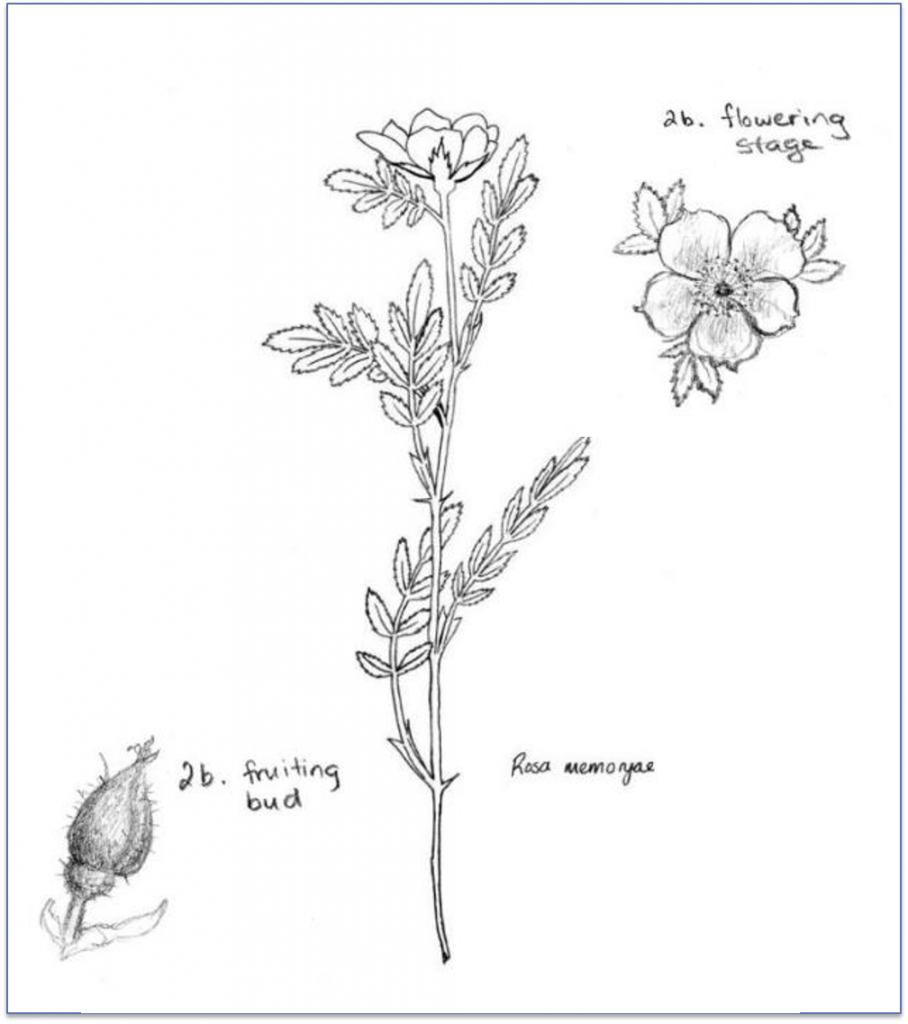
I spotted beetles and butterflies, accompanied Kim to another site off of the side of a highway, and we finally stopped for lunch at a Thai place. The drive back was sleepy. It was exciting to do what a botanical illustrator gets to do, which is to draw an accurate rendition of plants, even if it was only for a day. A part of me now wishes to pursue botanical illustration as a career path. Although it may not become my career, simply learning about it broadened the possibilities that are out there given that I work diligently to pursue a path.

